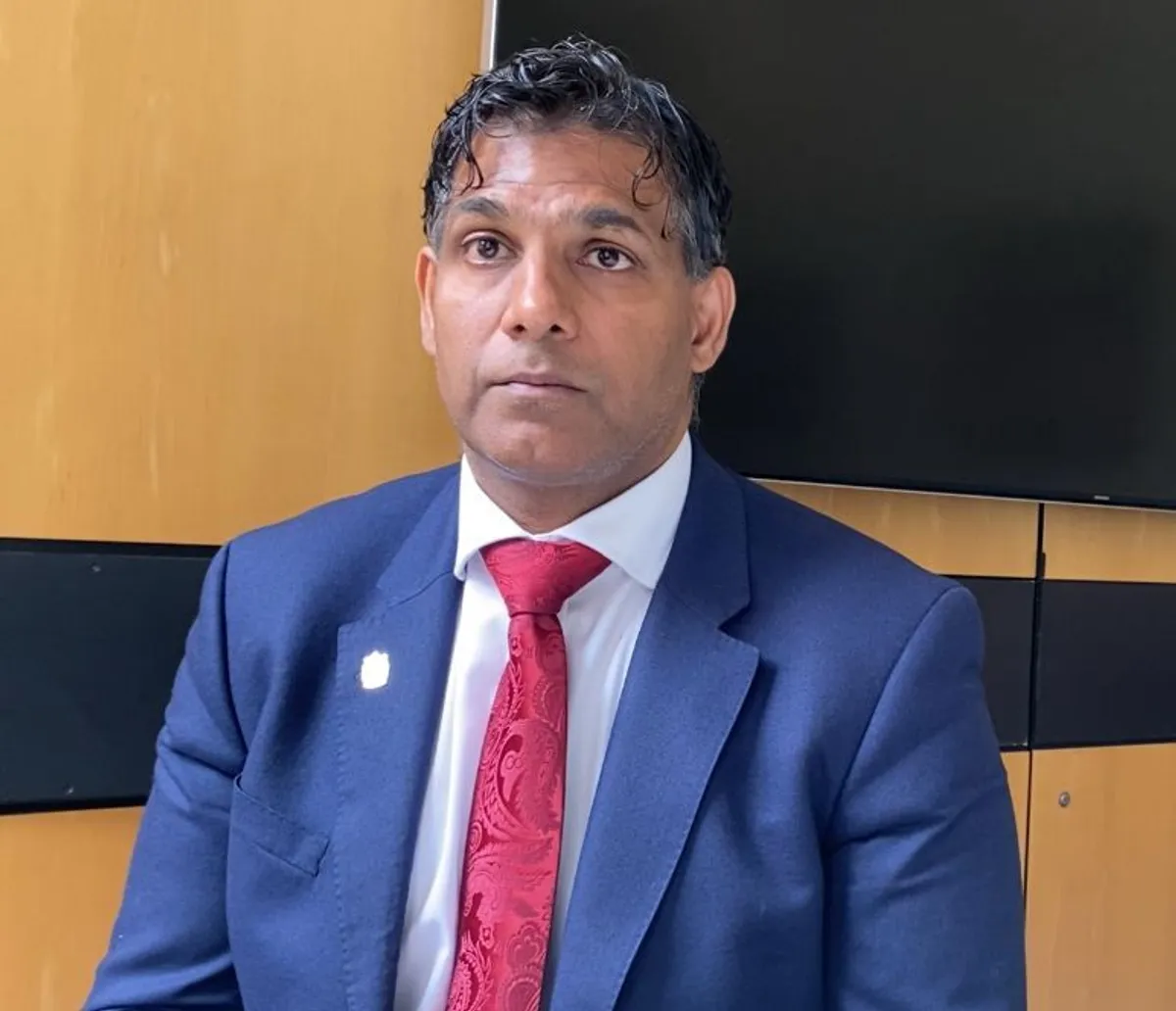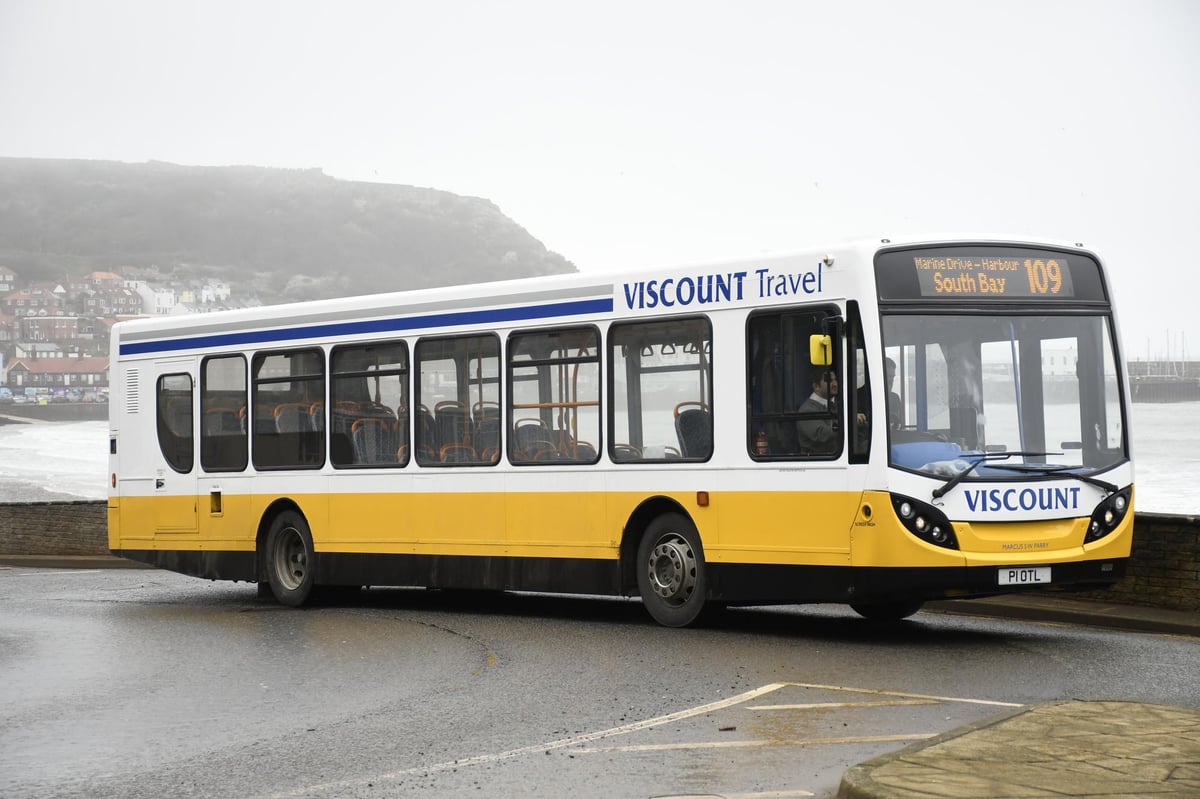New one-way system for Birmingham suburb as part of controversial Low Traffic Neighbourhood scheme
By Alexander Brock
Copyright expressandstar

The Low Traffic Neighbourhood (LTN) scheme in the south Birmingham suburb has previously divided opinion, with the use of modal filters, which keep through traffic from certain streets, proving particularly controversial.
The city council has said it wants to reduce traffic in residential neighbourhoods in a bid to make it safer for people to walk and cycle in the area.
But the Labour-run authority has acknowledged this year that the scheme has previously been “controversial” and said there were “strong feelings both in favour and against”.
So far, modal filters have been introduced to the west of Kings Heath High Street and a section of York Road has been pedestrianised.
But the council intends to expand to further roads in the suburb, as well as south Moseley.
As it pushes ahead with the scheme’s second phase, it now wants to ‘formalise’ a number of proposals through a consultation on the Traffic Regulation Orders (TRO) – the process required to make changes to the status of the road.
The TROs in the consultation include one-way streets; contraflow cycling routes to improve safety and permanent modal filters to prevent motor vehicles from using certain residential streets as cut-throughs.
It also includes waiting restrictions on selected streets to improve traffic flow and visibility.
“By discouraging unnecessary car journeys and making it easier to walk and cycle, we can create quieter, more pleasant streets [and] improve road safety,” the council said.
The plans include proposals to introduce a one-way traffic (except for cycles) restriction on lengths of the following roads:
Station RoadGrange RoadWaterloo RoadHighbury RoadYork RoadWestfield RoadGoldsmith RoadMelton RoadGaddesby RoadInstitute RoadHeathfield RoadWoodville RoadPoplar RoadValentine Road
It also wants to introduce a prohibition of entry (except for cycles) restriction on lengths of the following:
All Saints RoadAshfield RoadBarn LaneColmore RoadHazelhurst RoadMelton RoadMossfield RoadPortman RoadSilver StreetOxford RoadSt. Agnes RoadWestfield RoadYork RoadStation RoadGrange RoadInstitute RoadSchool RoadGreenend RoadGreenhill RoadPoplar RoadCambridge RoadSpringfield Road
Traffic-calming measures have been proposed too on Billesley Lane, Springfield Road, Clarence Road and Gaddesby Road to reduce vehicle speeds and improve safety.
The full consultation can be found on the Birmingham Be Heard website.
‘Sparked strong opinions’
The scheme is moving into its second phase, which is set to be split into four ‘packages’:
Revision and consolidation of the temporary measures located mostly to the west of the High Street.New measures to the east of the High Street including new modal filters, one-way streets, and traffic calming.20mph speed limit across the project area, including all ‘boundary’ roads, and traffic calming measures along Coldbath Road.Introduction of a bus gate on Addison Road and reinstatement of the right turn from Vicarage Road onto A435 Alcester Road.
The full business case for the first two packages was approved by cabinet members at the council in July, with proposed traffic measures covered by the current consultation.
Mat MacDonald, an NHS doctor appointed road safety commissioner by West Midlands Mayor Richard Parker, welcomed the move amid concerns over the amount of traffic in the area.
“As the numbers of cars on our roads steadily increases, hundreds of children at the four schools across the area earmarked for changes in these proposals have had to face danger, congestion and pollution on their way to and from their education every day,” he said.
Addressing the debate over the scheme, a recent council report added: “For residents within the scheme area, the impact of longer routes and journey times is offset by the improved environment, reduced risk of road harm, and conditions more conducive to active modes of travel.”
Councillor Majid Mahmood, the Labour cabinet member for transport, acknowledged the project had “sparked strong opinions” during July’s meeting.
“That’s why we’ve held seven rounds of consultation, listened to feedback and crucially made changes to the design,” he said.
“Our city is growing – with this growth comes increased demand for transportation.
“But we cannot meet this demand by reliance on only cars.
“Our current transport system leaves too many behind – those who can’t drive, those exposed to poor air quality and those at risk on our roads.”
The scheme was launched in 2020 as part of the council’s ‘Places for People’ strategy which aims to make it nicer to be outside and safer for children to play in residential neighbourhoods.
The council said recently the ‘design principles’ of the Kings Heath LTN had been revised to address road safety concerns and take feedback into account.
This means it would minimise the number of modal filters; make greater use of one-way streets and introduce traffic calming measures to reduce speeding on wider roads.
The second phase of the scheme is also set to address the issue of “vandalism” by reducing the use of removable bollards.



